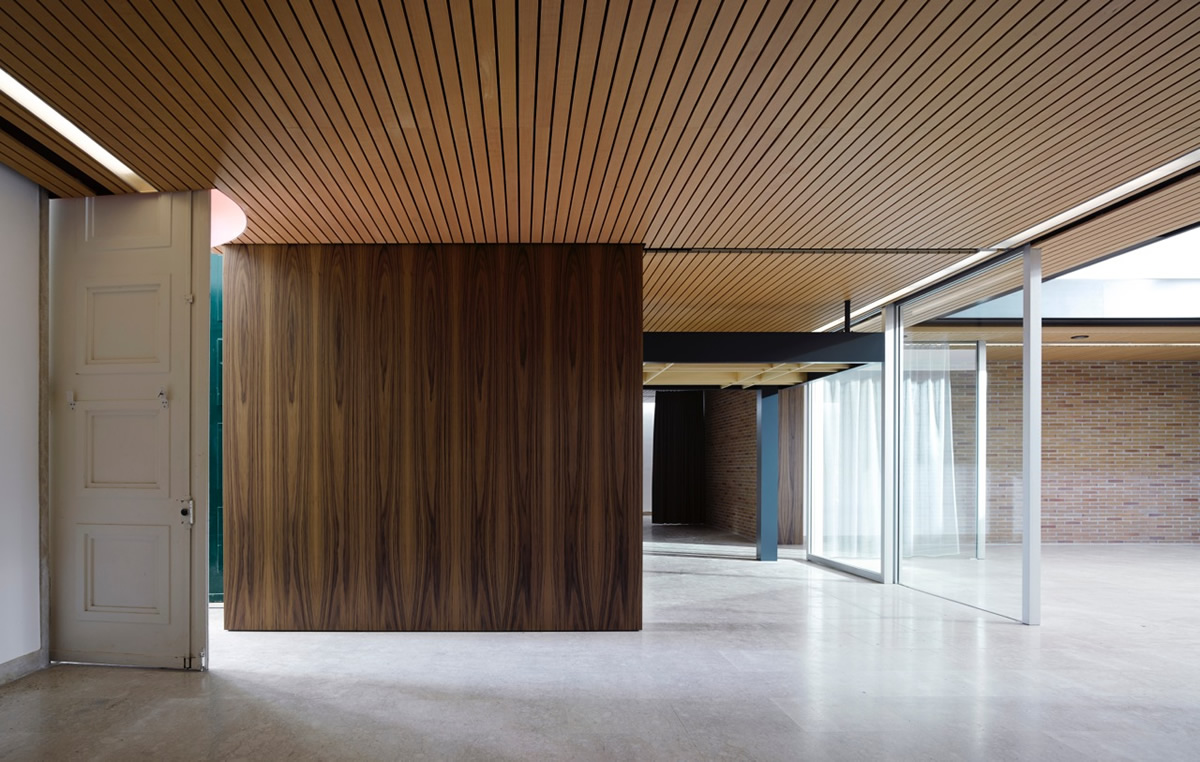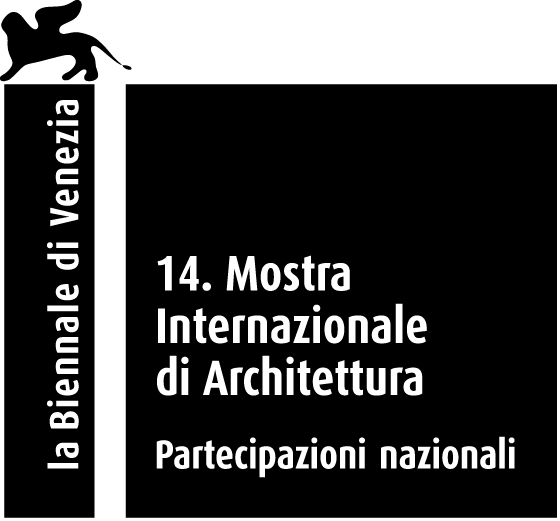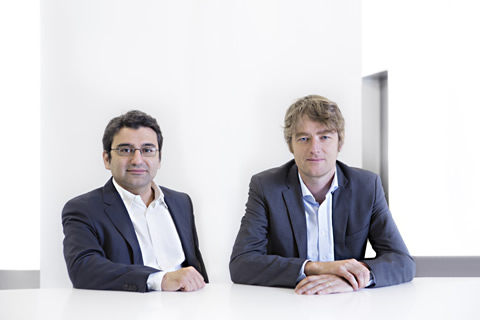Our partecipation at Biennale di Architettura in Venice has been quite unexpected.
We must thank Eugenio, a young architect who used to be an apprentice in our workshop, and currently works for the German architectural firm Ciriacidis Lehnerer Architecten based in Zurich. At the beginning of 2014, Eugenio contacted us on behalf of his employers as they were looking for a furnishing company to produce some pieces for the German Pavilion at the next Biennale di Architettura in Venice, directed by Rem Koolhas. What a wonderful chance!
The request was to reproduce part of the furnitures of the Chancellor’s Bungalow placed in Bonn inside the German Pavilion of Venice. Their aim was to put in strong physical relation the two buildings and the styles of the historic periods they represent. The task for us was challenging but immediately we loved and shared the passion of these architects for the project. We found a special affinity with them and we literally fell in love with this project!
The opportunity which has been given to us a is a great honor, a reward for the huge passion and love we have been giving to this job and the projects we have been undertaken in all this years.












